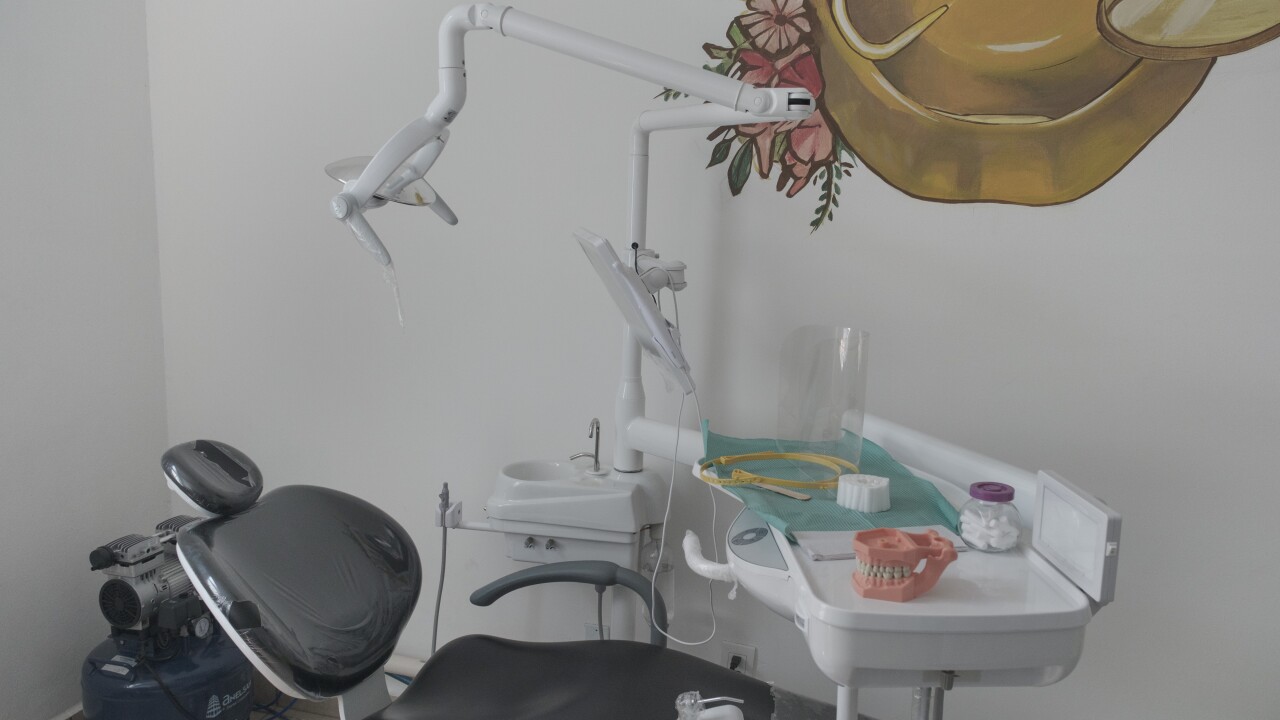In an effort to promote the use of check imaging technology, the Financial Services Technology Consortium has established guidelines that banks can use to determine which images are suitable for image exchange networks.
Many banks are already settling checks through image exchange networks. But Zachary Tumin, the consortium's executive director, said some bankers are concerned that few standards currently in place address image quality.
"Now we can define which images are usable," he said. "This is an important milestone, because now we have the tools to take that issue off the table."
As more banks begin using image exchange networks, he said, these definitions will become more relevant. "This gives our members an advantage in moving forward with image exchange," he said.
On Monday the New York-based consortium of banks, government agencies, and technology companies released the second-phase results of its Image Quality and Usability Assurance Project.
In the first-phase results, released last year, the consortium identified 16 qualities that can make an image defective. In the second phase it found two that can be precisely measured and used to define criteria for banks to accept and reject images sent by other financial companies.
Frank Jaffe, the project manager, said these metrics are important because "banks are depending on images that are captured outside of their control."
After evaluating more than 3.5 million check images this summer, the group found that being too light or too dark is "a very good predictor" of whether banks can successfully accept images for settlement, Mr. Jaffe said.
Other qualities evaluated: whether the entire check is included within the image; whether the image is in focus; and whether the image is too small to be easily read.
Mr. Jaffe said that the banks should incorporate the study's guidelines on brightness levels into their own policies. The study found that images of check fronts that are too dark - those with more than 30% black pixels - had a 64% chance of causing readability problems at banks.
Images that were too light, with fewer than 2.1% black pixels, were even worse - with a 72% chance of causing problems - but were far less common. Only 0.002% of checks evaluated were deemed too light; 0.1% were defined as too dark.
Mr. Jaffe said banks should think of these benchmarks as they would the oil-warning light in a car. "It doesn't go off under normal circumstances, but if it does, it is worth looking at, because something can be severely wrong."
Louis Arkenau, a Bank of New York Co. Inc. vice president who was involved in the study, said his company and many others have adopted the image-quality standards included in the image rules drafted by the Electronic Check Clearing House Organization, a Dallas trade group.
But Mr. Jaffe said these rules do not provide precise definitions for what constitutes an unreadable image. This could open the door to disputes between a sending bank claiming an image is valid and a receiving bank saying it is not.
Mr. Arkenau said that he plans to add the consortium's guidelines to Bank of New York's image-quality rules and that he expects many others to do the same. "Most banks are looking at it now," he said.
Bank of New York, one of the owners of The Clearing House Payments Co. LLC, plans to begin using The Clearing House's SVPCO Image Payments Network next year. Mr. Arkenau said he expects the other 20 owner-banks to use the technology consortium's guidelines as well. "We want to make sure we aren't sending images out that can't be used."





